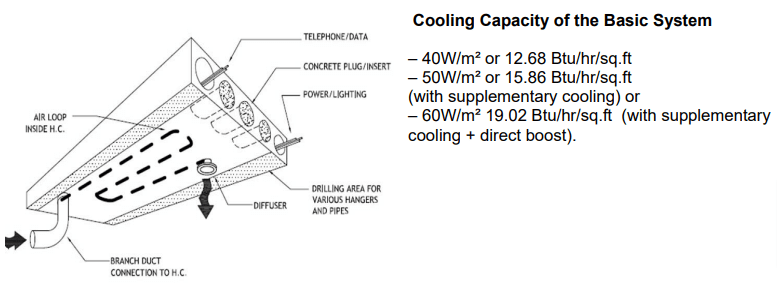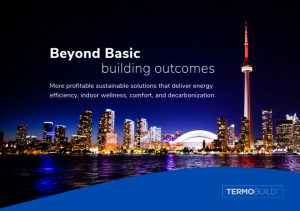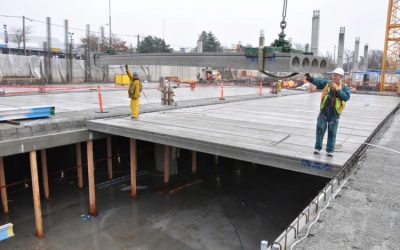Sustainable Infrastructure – Buildings with Resilient Materials and Systems
The high level of thermal mass provided by concrete is playing an increasingly important role in ensuring comfortable internal conditions in commercial and institutional buildings as well as providing an additional benefit – resiliency. The use of concrete opens the potential of low-energy design as the building fabric and the way in which it interacts with the internal and external environment can be exploited for:
1. Thermal energy storage in both heating and cooling seasons
2. Demand reduction
3. Resiliency of the buildings
According to Navigant Research:
“the global energy storage industry reached significant milestones in 2015, and momentum is expected to continue through 2016 and beyond. Rapidly falling technology costs and innovative new business models are combining with government policies and regulatory reforms to enable a dynamic and fast growing market for energy storage”.
The use of concrete as a thermal storage medium allows passive cooling and heating when actively engaged. The active engagement of the concrete in thermal dynamics of the building system is best achieved by using hollowcore precast prestressed concrete planks (slabs) as a medium of distribution of air through their cores and thereby working as a thermal storage medium.
Pairing it to work as ventilated ceiling (see figure below) and considering the reduction in greenhouse gas emissions enables significant environmental and cost savings of a building over its life through reduced energy use.

Pairing Ventilation with Hollow Core Slabs – Cooling Capacity; A temperature differential of 30 Deg F or +15 Deg.C can be observed in hollow core slabs between input temp and output at the air diffuser during a typical night time charging cycle. This differential reveals great energy storage capacity to maintain comfort in a large variety of buildings
From a broader sustainability perspective, it is important to consider the impact of climate change on the internal environment; the use of thermal mass is a key adaptation measure for mitigating the impact of conventional wasteful methods rising temperatures and unstable weather patterns resulting from climate change.
MEETING NOVEL CHALLENGES WITH SIMPLIFICATION SOLUTIONS
Hollow core pre-cast concrete slabs are already commonly used as the floors and roofs for the construction of commercial, institutional and industrial building as well as residential buildings spanning from office buildings, educational building, condos, medical facilities, warehouses and others. Pairing them in a thermo-active ventilation system becomes a natural progression and extension of the already established construction technology.
Main objective: Instantly simplify the most complex parts of building and energy infrastructure design. This new and proven paradigm shifts focus from concrete as a commodity to a smart asset set to gain the financial and environmental edge over usually expected outcomes.




